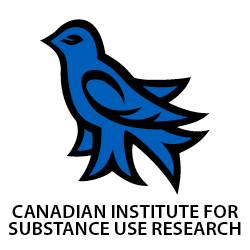Despite the pragmatic nature of harm reduction programs, and their demonstrated ability to save lives, controversy still dogs efforts to scale-up harm reduction. One of the most misunderstood and controversial initiatives are safer consumption services (SCS).
In the last 20 years, SCS services (sometimes also known as safer injection services (SIS) have been integrated into drug treatment and harm reduction programs in Western Europe, Australia, and Canada. The focus of these services is facilitating people to safely consume pre-obtained drugs with sterile equipment. These services can be offered using a number of models including under the supervision of health professionals or as autonomous services operated by groups of people who use drugs.
The objectives of SCS include preventing the transmission of blood-borne infections such as HIV and hepatitis C; improving access to health care services for the most marginalized groups of people who use drugs; improving basic health and well-being; contributing to the safety and quality of communities; and reducing the impact of open drug scenes on communities.
Safer consumption services grew out of the recognition that low-threshold, easily accessible programs to reduce the incidence of blood-borne pathogens were effective and cost-effective. This was the conclusion of over 30 research studies on Vancouver’s own supervised injection site known as Insite.
Research has found that SIS services:
- are actively used by people who inject drugs including people at higher risk of harm;
- reduce overdose deaths — no deaths have occurred at Insite since its inception;
- reduce behaviours such as the use of shared needles which can lead to HIV and Hep C infection;
- reduce other unsafe injection practices and encourage the use of sterile swabs, water and safe needle disposal. Users of these services are more likely to report changes to their injecting practices such as less rushed injecting;
- increase the use of detox and other treatment services. For example, the opening of Insite in Vancouver was associated with a 30% increase in the use of detoxification services and in Sydney, Australia, more than 9500 referrals to health and social services have been made since the service opened, half of which were for addiction treatment;
- are cost-effective. Insite prevents 35 new cases of HIV and 3 deaths a year providing a societal benefit of approximately $6 million per year. Research estimates that in Sydney, Australia, only 0.8 of a life per year would need to be saved for the service to be cost-neutral;
- reduce public drug use; and reduce the amount of publically discarded injection equipment; and
- do not cause an increase in crime.
Professional groups such as the Canadian Medical Association, the Canadian Nurses Association, the Public Health Physicians of Canada, the Registered Nurses Association of Ontario, and the Urban Public Health Network have expressed their support for SCS.
Sounds like it’s time to move beyond controversy and get on with creating more of these life-saving programs!
*Please note that the material presented here does not necessarily imply endorsement or agreement by individuals at the Centre for Addictions Research of BC
Author: Connie Carter, Senior Policy Analyst, Canadian Drug Policy Coalition



